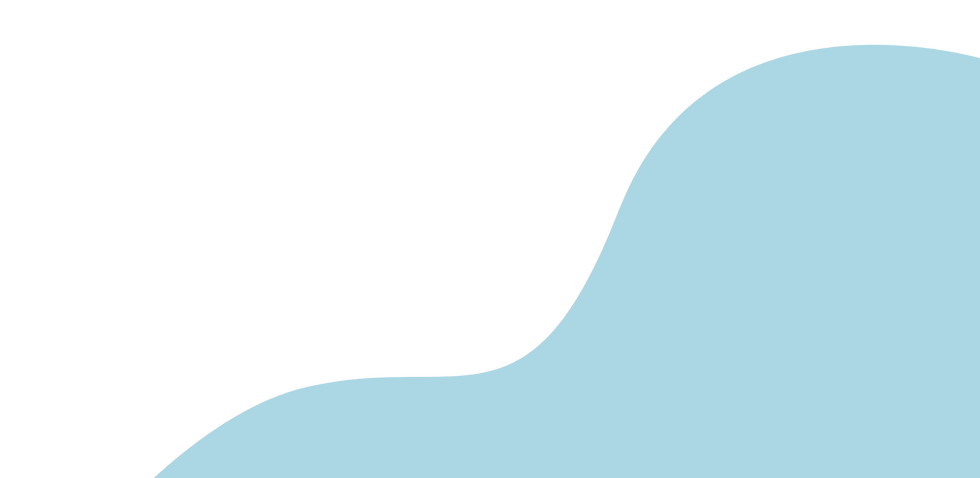
Hard clams
Replenishing Hard Clam Populations in
Shinnecock Bay
At the heart of ShiRP’s multi-faceted approach is the creation of hard clam “spawner sanctuaries,” which are harvest-free areas planted with high densities of adult clams.
These sanctuaries not only supercharge filtration in localized areas of the bay but increase reproductive activity so that the “planted clams” effectively repopulate the entire bay over time.
Before the restoration, our benthic surveys showed that the densities of hard clams were too low to support successful reproduction. Essentially, once shellfish are overfished or die off due to environmental conditions such as brown tides, it is very difficult for these populations to naturally recover. The spawner sanctuary strategy was designed to re-establish high numbers of clams and jump start reproductive activity that could take hold for years to come. More clams also results in more water filtration, leading to cleaner waters.

With permission and support from the Southampton Town Trustees, the New York State Department of Environmental Conservation, and key stakeholder groups such as the Southampton Baymen’s Association, two regions in the northern part of western Shinnecock Bay – Weesuck Creek and Tiana Bay - were designated as “Hard Clam Spawner Sanctuary Areas” in 2012. These locations were selected based on several criteria including sediment quality. Importantly, we used a water circulation model of the bay to ensure that the sanctuary placement would maximize retention of larvae and new clams within the bay, rather than being flushed out to the open ocean.


Sites for larvae and new clams
Between 2012-2019, ShiRP planted approximately 3.2 million adult hard clams in 64 half-acre plots within the sanctuary regions, each stocked with approximately 50,000 clams at densities of about 30 clams per square meter. Clams were obtained from local distributors, kept refrigerated, and deployed less than 36 hours after they had been harvested. Hard clam deployments took place in fall and spring to ensure optimal acclimation and spawning conditions.
In 2020 and 2021, an additional 1.5 million clams were contributed by the State of New York as part of the Long Island Shellfish Restoration Project – totalling over 5 million clams into western Shinnecock Bay over a decade.

5 Million
Adult hard clams stocked into Western Shinnecock Bay from 2012-2021
20-fold
increase in hard clam landings since the inception of ShiRP
Tripling
of adult clam densities
The Results
This is the largest increase in hard clam landings for any estuary on Long Island, even exceeding those from Great South Bay, despite Shinnecock Bay being ten times smaller. These landings correspond to an estimated $4.5M in dockside income for baymen, and $45M in total seafood product revenue since 2015.
"Long Island, historically, has been a very important region for shellfish. Unfortunately due to overfishing, as well as declining water quality, and the appearance of brown tide blooms in 1985, the hard clam fishery completely collapsed in the 1970s and early 1980s. One of our goals was to rebuild the hard clam population in Shinnecock Bay. After a decade of effort, the clam numbers in the eastern bay have increased seventeenfold, an unprecedented recovery signifying the program's success."
- Michael Doall

